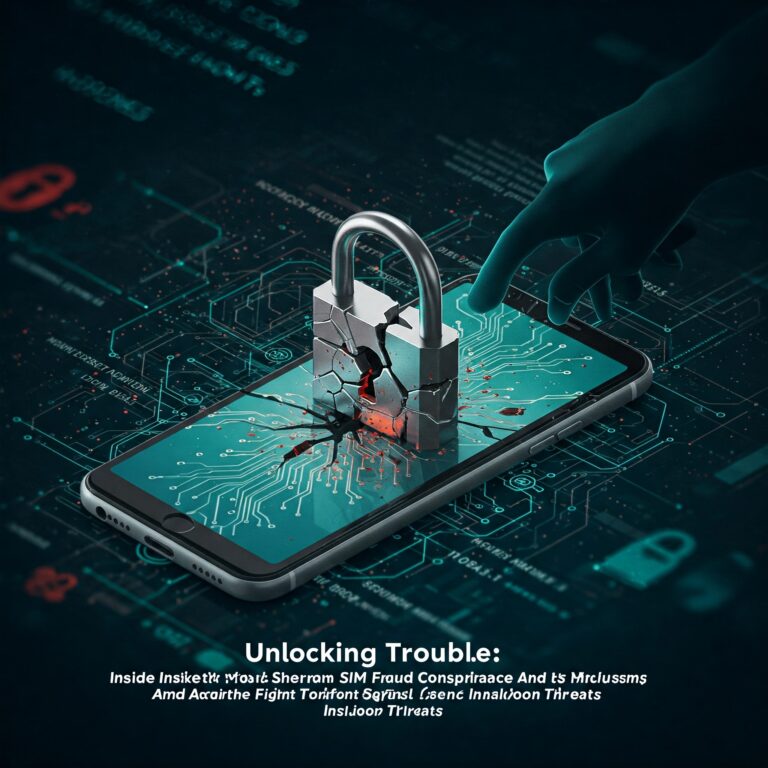Unlocking Trouble: Inside the Richard Sherman SIM Fraud Conspiracy and the Fight Against Telecom Insider Threats
I. Introduction: An Inside Job Shakes the Telecom Sector In a stark illustration of the vulnerabilities lurking within major…

I. Introduction: An Inside Job Shakes the Telecom Sector In a stark illustration of the vulnerabilities lurking within major…

The digital age has brought unprecedented connectivity and convenience, but it has also opened the door to a new…

The Digital Age Dilemma: Convenience vs. Catastrophic Risk The digital revolution has woven itself into the fabric of our…

WASHINGTON, D.C. – In a sweeping international operation, the U.S. Justice Department has unsealed charges against two Russian nationals…

The Federal Bureau of Investigation (FBI) has issued a stark warning to millions of iPhone and Android users across…

The digital age, while offering unprecedented opportunities for connectivity and innovation, has also spawned a dark underbelly of cybercrime….